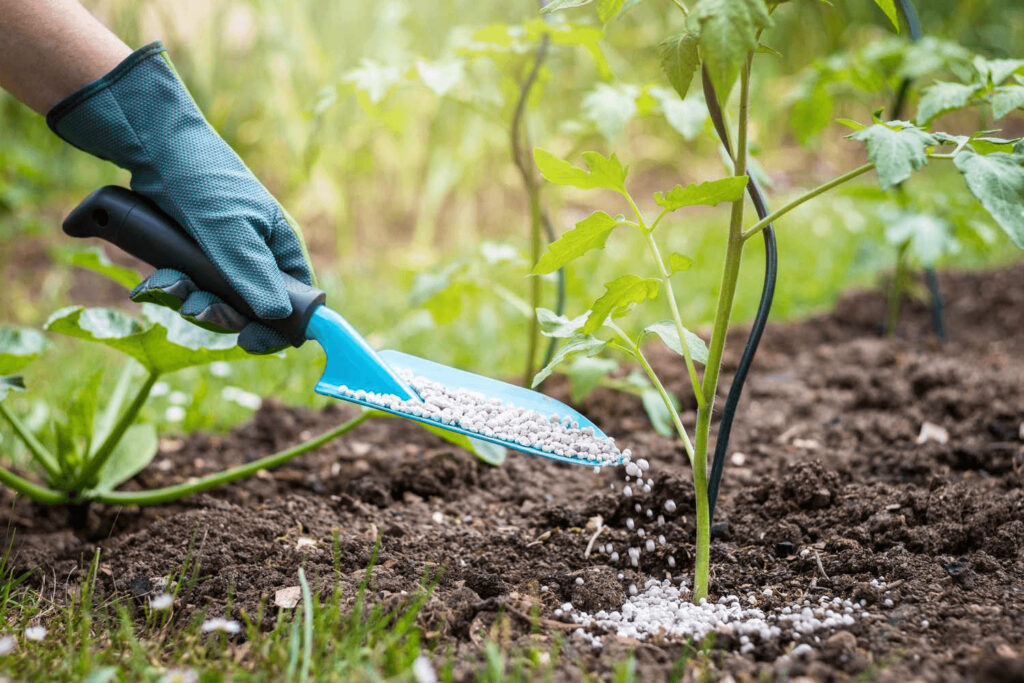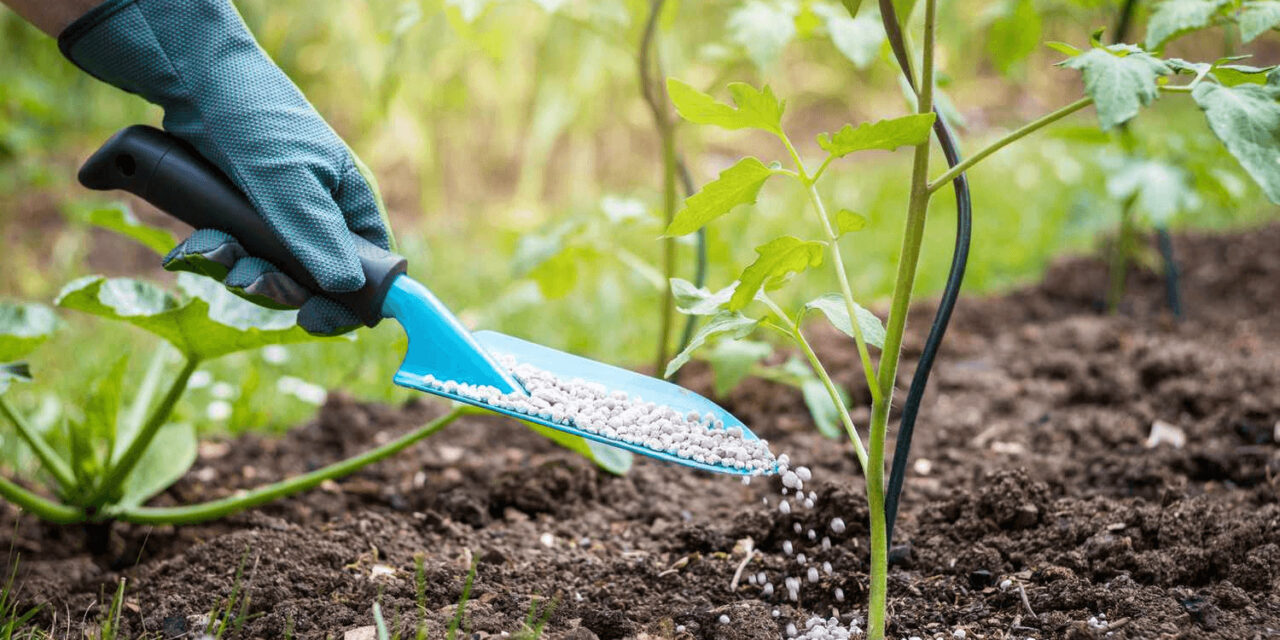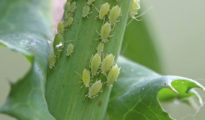Spring is an exciting time for gardeners and homeowners alike. The weather begins to warm up, flowers start to bloom, and the vibrant green hues of new growth can be seen all around. To ensure that your plants thrive and reach their full potential during this season, it's crucial to provide them with the necessary nutrients. Spring fertilizing plays a vital role in replenishing soil fertility, promoting healthy growth, and maximizing yields. In this blog post, we will explore when to fertilize and what type of fertilizer to use in the spring, helping you achieve a lush and vibrant garden.

Understanding the Importance of Spring Fertilizing:
Before delving into the specifics of spring fertilizing, it's important to understand why it is crucial for the overall health of your plants. Fertilizers provide essential nutrients that plants need for their growth and development. These nutrients are usually divided into three primary categories: nitrogen (N), phosphorus (P), and potassium (K), also known as NPK. Each nutrient plays a unique role in supporting different aspects of plant health.
Nitrogen is responsible for promoting lush foliage and stimulating overall growth. Phosphorus is vital for root development, flower formation, and fruit production. Potassium contributes to overall plant health, disease resistance, and water regulation within the plant. By providing the right balance of these nutrients through fertilization, you can ensure healthy plant growth, improved flowering, and bountiful harvests.
Determining the Right Time for Spring Fertilization:
Timing is crucial when it comes to fertilizing your plants in the spring. The goal is to provide nutrients when plants need them the most, ensuring they have ample resources for vigorous growth. However, it's important to note that the optimal time for spring fertilizing can vary depending on your location and the specific plants you are growing.
In general, it is recommended to fertilize in early spring, once the soil has thawed and temperatures have consistently risen above freezing. This timing allows the nutrients to be readily available to the plants as they begin their active growth phase. However, be cautious not to fertilize too early, as plants may still be in their dormant stage and not ready to absorb the nutrients.
Observe the signs of plant growth, such as bud swelling or the emergence of new leaves, to determine when it's the right time to fertilize. Additionally, local gardening experts or cooperative extension offices can provide region-specific advice based on your climate and growing conditions.
Choosing the Right Fertilizer for Spring:
Selecting the appropriate fertilizer for your plants is just as important as timing the application correctly. Various types of fertilizers are available, each formulated with different nutrient ratios to meet specific plant requirements. When choosing a fertilizer for spring application, consider the following factors:
- Nitrogen Content: Look for a fertilizer with a higher nitrogen content (N) to encourage lush foliage growth. A nitrogen-rich fertilizer, such as one with a higher first number in the NPK ratio (e.g., 10-5-5), is suitable for plants that primarily focus on vegetative growth, like lawns, leafy greens, and annual flowers.
- Balanced Fertilizers: If you have a variety of plants with different nutrient needs, consider using balanced fertilizers with equal or nearly equal amounts of nitrogen (N), phosphorus (P), and potassium (K). Balanced fertilizers, such as a 10-10-10 or 20-20-20 blend, provide a well-rounded nutrient supply for most plants.
- Specialty Fertilizers: Some plants have specific nutrient requirements that can be met with specialized fertilizers. For example, fruiting plants, such as tomatoes or peppers, benefit from fertilizers with higher phosphorus (P) content to support fruit development. Look for fertilizers labeled specifically for these types of plants, such as a 5-10-10 or 10-20-20 blend.
- Organic Options: If you prefer organic gardening or want to avoid synthetic fertilizers, there are numerous organic fertilizers available. These fertilizers are derived from natural sources, such as compost, manure, or bone meal. Organic fertilizers release nutrients slowly, providing a steady supply of nourishment to the plants over time.
- Slow-Release Fertilizers: Consider using slow-release fertilizers for convenience and extended nutrient availability. These fertilizers release nutrients gradually, reducing the risk of nutrient leaching and ensuring a consistent supply to the plants over several weeks or months.
Application Techniques for Spring Fertilization:
Once you have selected the appropriate fertilizer, it's crucial to apply it correctly to maximize its effectiveness. Here are some essential tips for applying fertilizers in the spring:
- Read the Instructions: Always read and follow the instructions provided on the fertilizer packaging. Different fertilizers may have specific application rates, methods, and safety precautions. Adhering to these guidelines ensures optimal results and minimizes the risk of over-fertilization, which can harm plants and the environment.
- Measure and Calculate: Determine the appropriate amount of fertilizer needed for your specific area. Consider factors such as the size of your garden, the type of plants being fertilized, and the recommended application rate provided on the fertilizer label. Use measuring tools like a handheld spreader or scoop to ensure accurate and even distribution.
- Watering In: After applying the fertilizer, water your plants thoroughly. This helps to dissolve the nutrients and carry them down to the root zone, where they can be readily absorbed by the plants. Watering also reduces the risk of fertilizer burn by preventing concentrated nutrients from coming into direct contact with plant tissues.
- Mulching: Consider applying a layer of organic mulch, such as straw or wood chips, around your plants after fertilizing. Mulch helps conserve soil moisture, suppress weed growth, and gradually release nutrients into the soil as it breaks down. This can enhance the overall effectiveness of the fertilizer and provide additional benefits to your plants.
- Regular Monitoring: Keep a close eye on your plants' response to the fertilizer. Monitor their growth, foliage color, and overall health. If you notice any signs of nutrient deficiencies or excessive growth, adjust your fertilization practices accordingly.
Spring fertilizing is a critical aspect of nurturing healthy and productive plants. By understanding the importance of timing, selecting the appropriate fertilizer, and applying it correctly, you can provide your plants with the essential nutrients they need to thrive during this crucial season. Remember to consider the specific requirements of your plants, choose the right fertilizer formulation, and follow the recommended application techniques. With proper spring fertilization practices, you can enjoy a lush, vibrant garden that yields bountiful blooms and abundant harvests throughout the season. Happy gardening!



















